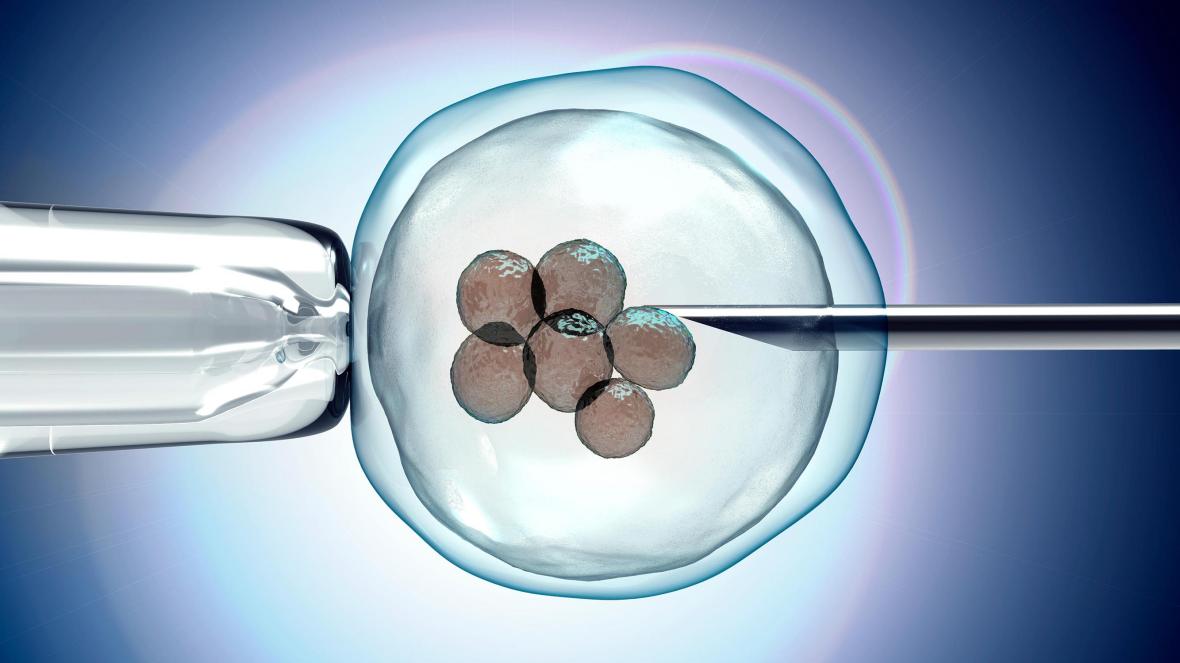If you’ve been recently diagnosed with polycystic ovary syndrome (PCOS), you may feel overwhelmed, confused, and upset. It’s a serious problem that impacts many people. Fortunately, you might find relief in a few simple modifications to your lifestyle.
Read More The Role of Lifestyle Modification in PCOS
What Should You Know About Skincare During Pregnancy?
When you discover that you’re expecting, you can expect a lot of changes in all aspects of your life, and this goes for your skin too.
It’s likely that you’ve heard the common phrase, “you’re glowing” and while it’s not always the case, you may notice some positive changes to your skin. However, it isn’t all shiny skin when it comes to a pregnancy, there are also some less ideal aspects—namely, a few ingredients that you should avoid.
Read More What Should You Know About Skincare During Pregnancy?
What to Expect During an IVF Journey ?
There might not be another process that is simultaneous as nerve-wracking and exciting as an In Vitro Fertilization (IVF) treatment. If this is something you or a loved one has been considering, it might be helpful to know all of the ins and outs so that you can make a more informed decision about what’s right for you.
Inositol: Forms, Sources, Uses, & Benefits.
If you’re someone with an interest in natural cures, it’s likely that you have heard of inositol. The vitamin-like compound has been touted as a possible cure for a range of conditions, most notably metabolic syndrome and polycystic ovary syndrome (PCOS).
Read More Inositol: Forms, Sources, Uses, & Benefits.




